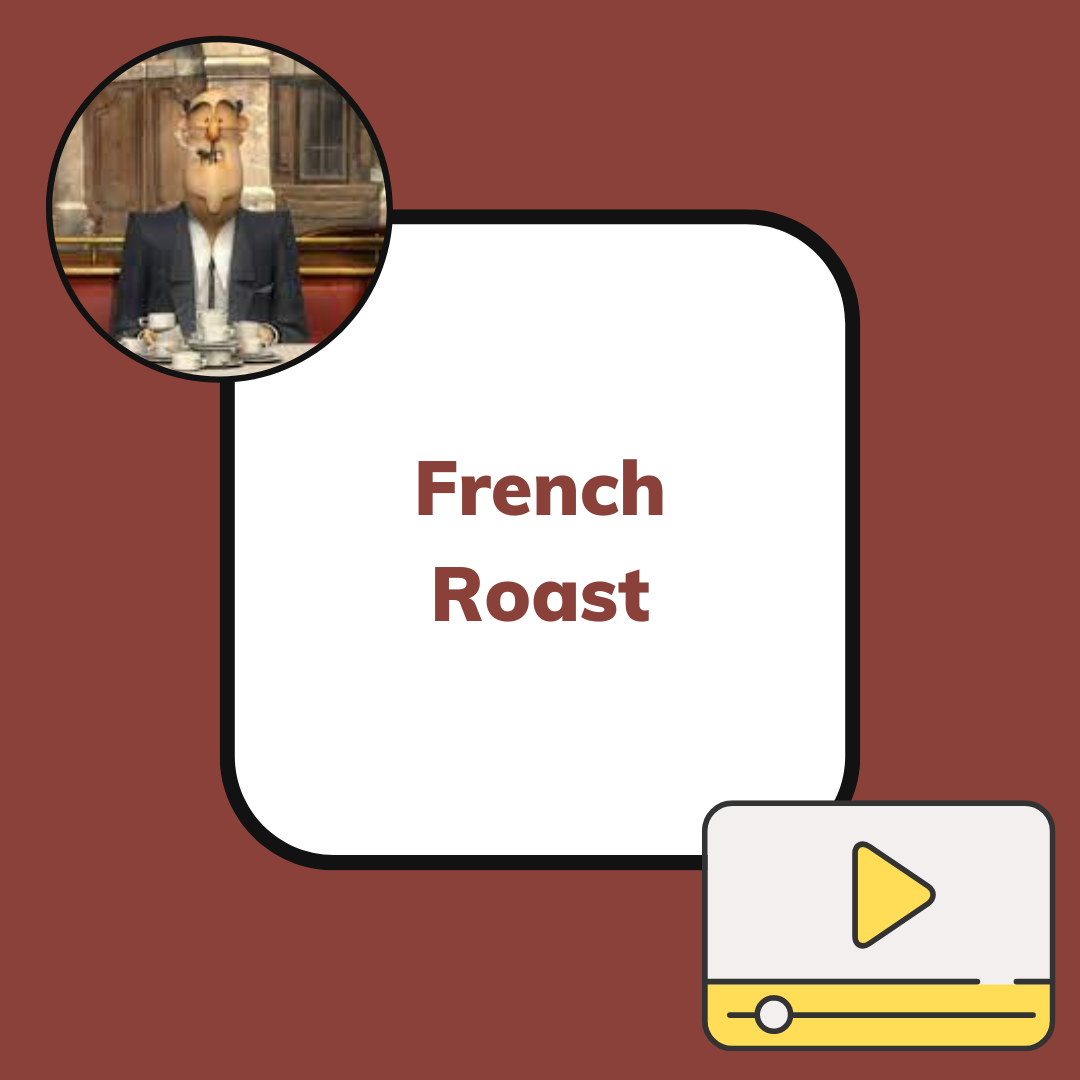At the beginning of 'French Roast', we see the stark contrast between two main characters – a poor man, who could be described as a tramp, and a well-dressed businessman sitting in a French café.
The businessman realises he has lost his wallet. Rather than admit it, he keeps ordering more drinks to delay the moment of paying. When the tramp re-enters the café shaking a charity tin, the businessman waves him away. In contrast, a frail old nun donates generously.
The businessman then attempts to steal from the old woman to pay his bill, but the police arrive just in time to interrupt his clumsy effort. A twist at the end brings humour and a clever resolution, leaving us to reflect on the saying: “Don’t judge a book by its cover.”
Teaching Ideas
- Use the animation to explore moral dilemmas – pause the story and ask: Who is the better person at this point? What should the main character do?
- Discuss first impressions – what are our initial thoughts about each character, and how do they change by the end?
- Explore themes such as honesty, pride, generosity and appearances. How are these shown in the film?
- Write the internal monologue of one of the characters – what are they thinking or feeling as events unfold?
- Use the animation for prediction – pause at key moments and ask what might happen next.
Literacy Shed Plus resources (requires subscription)







